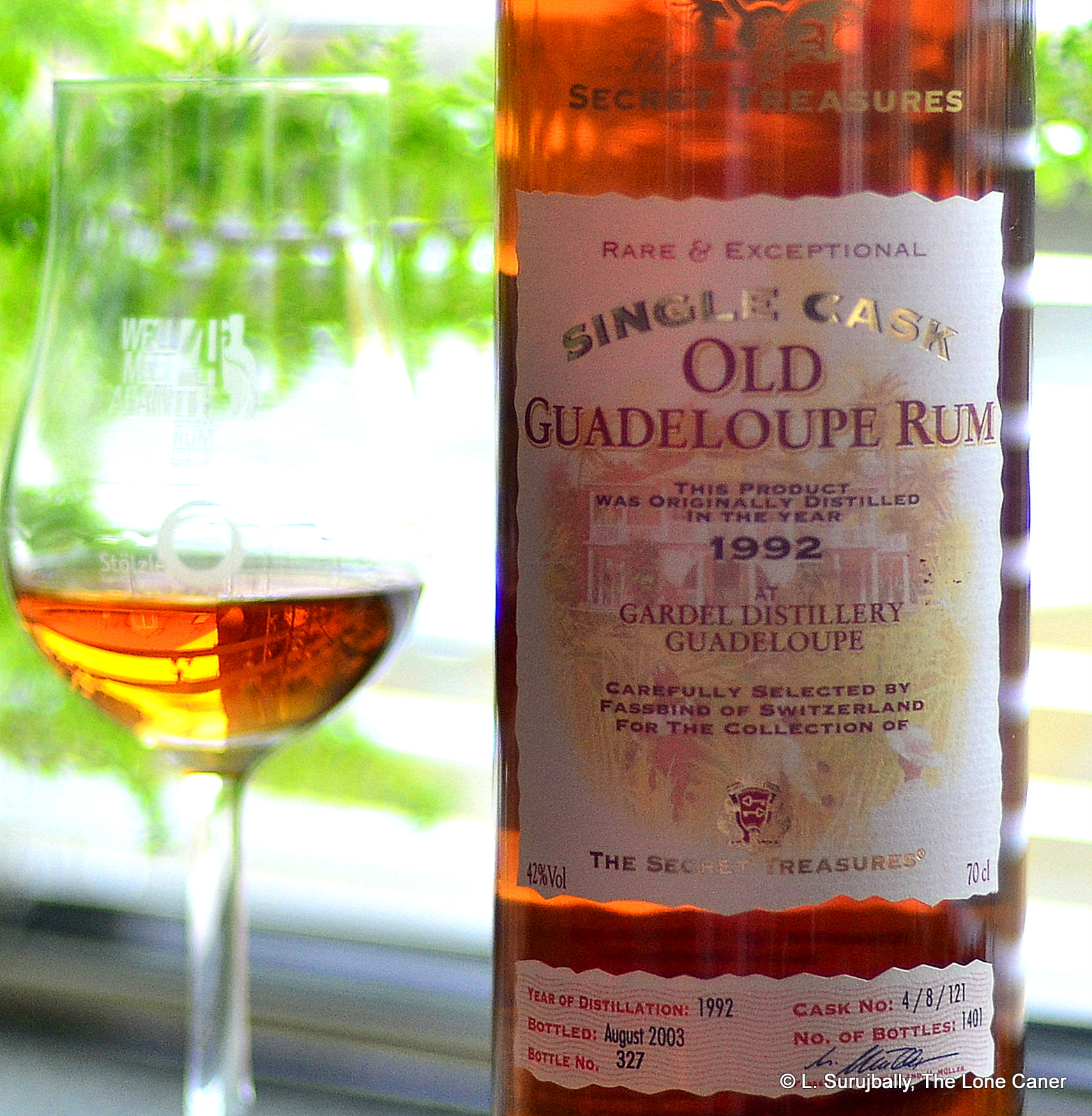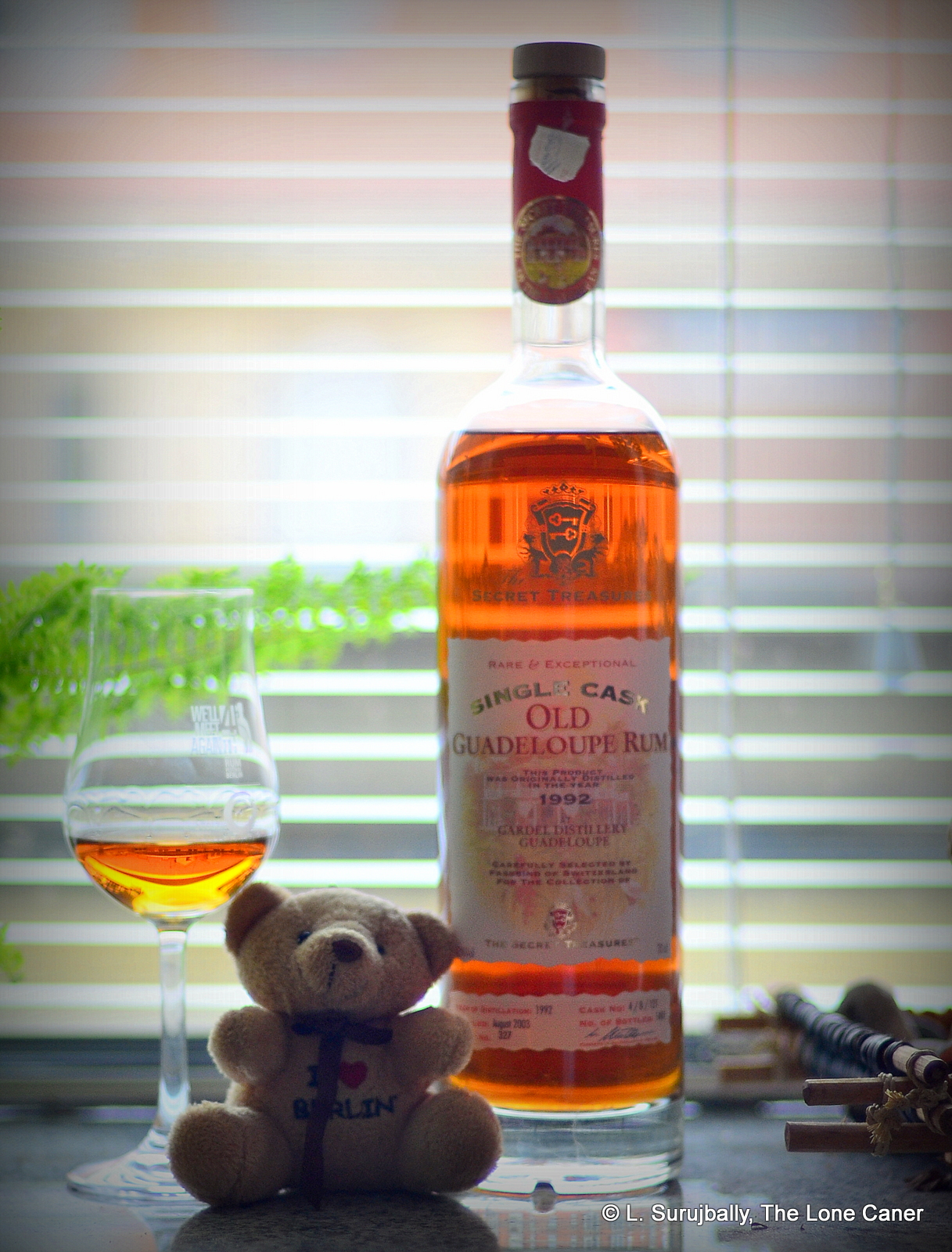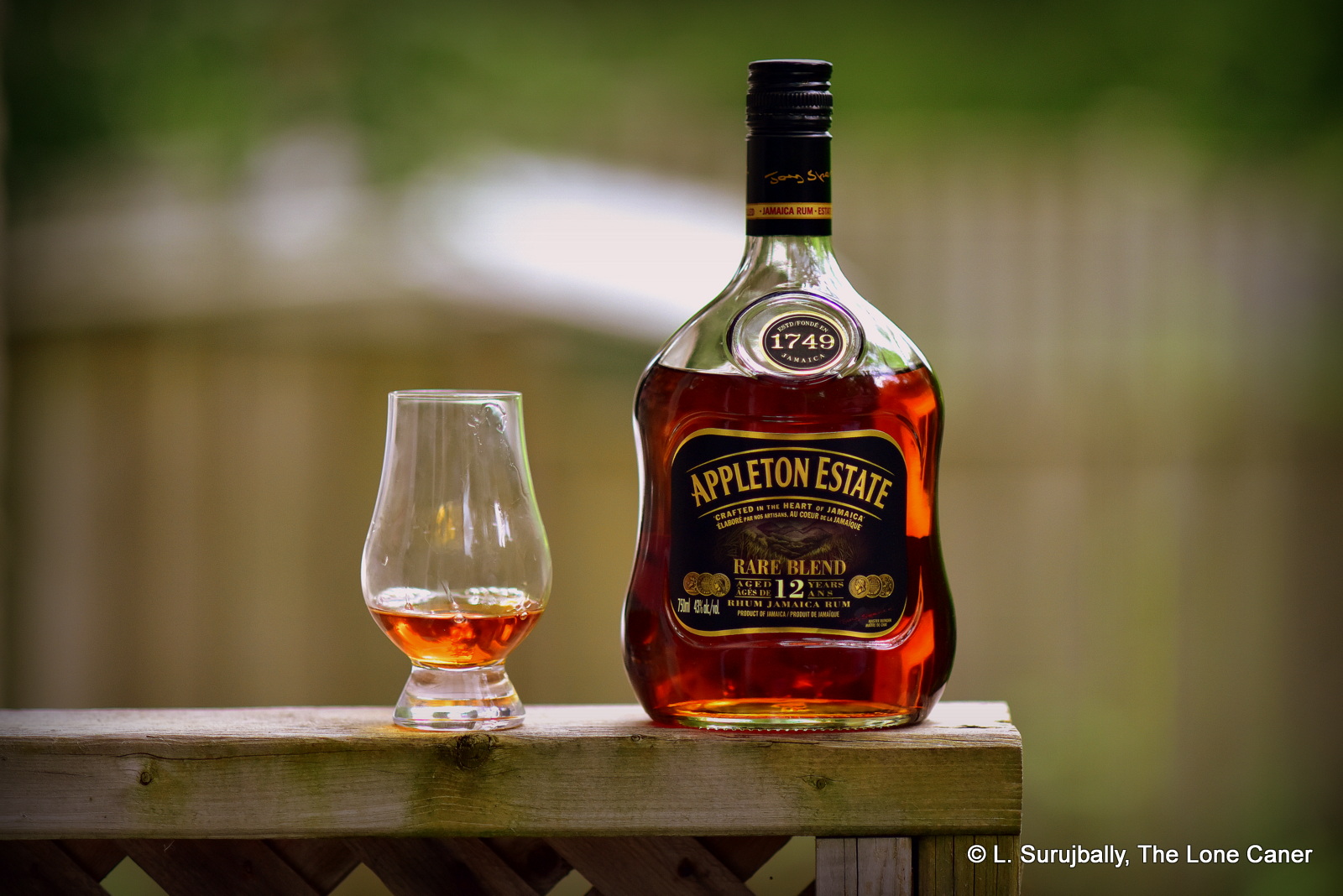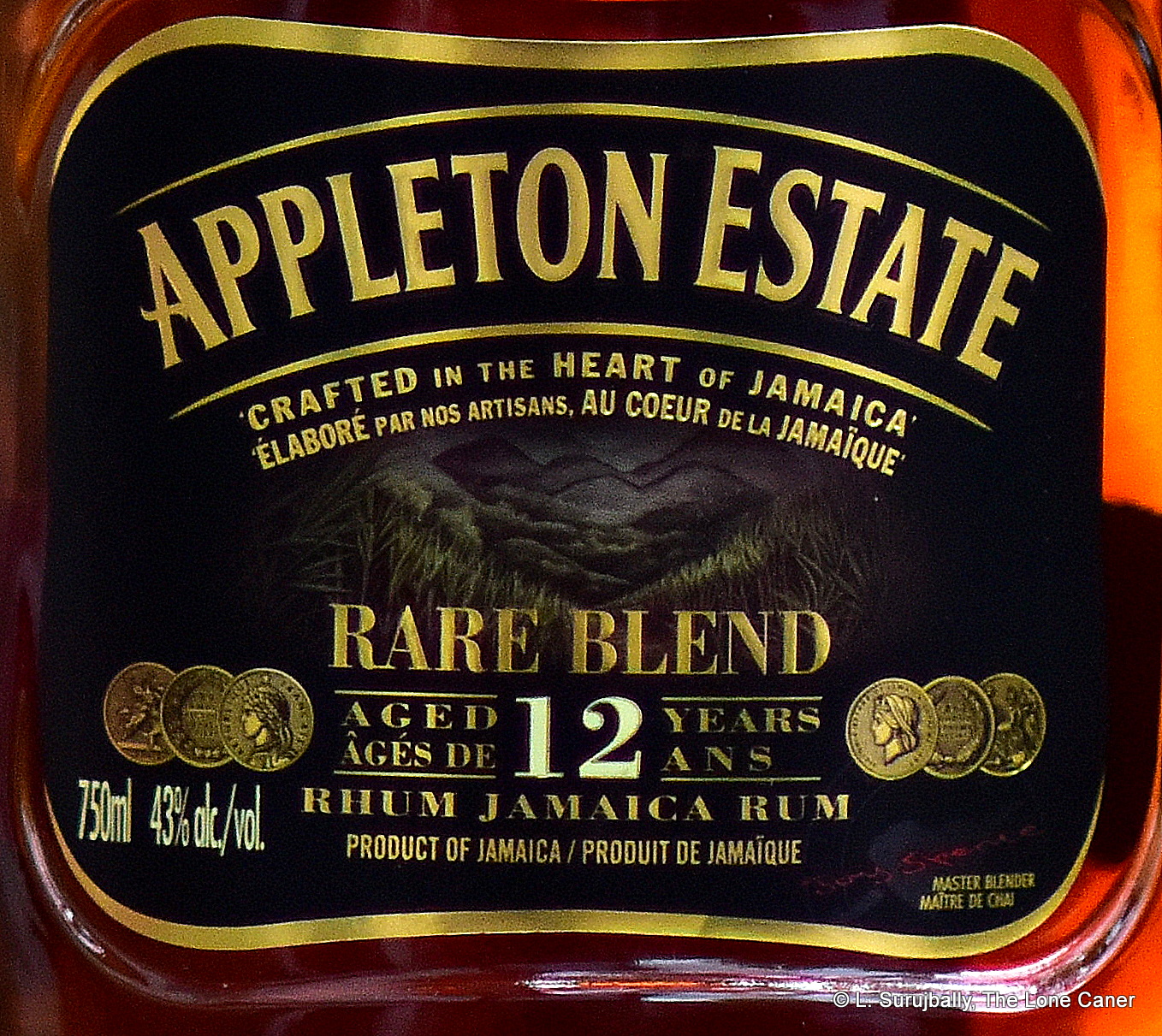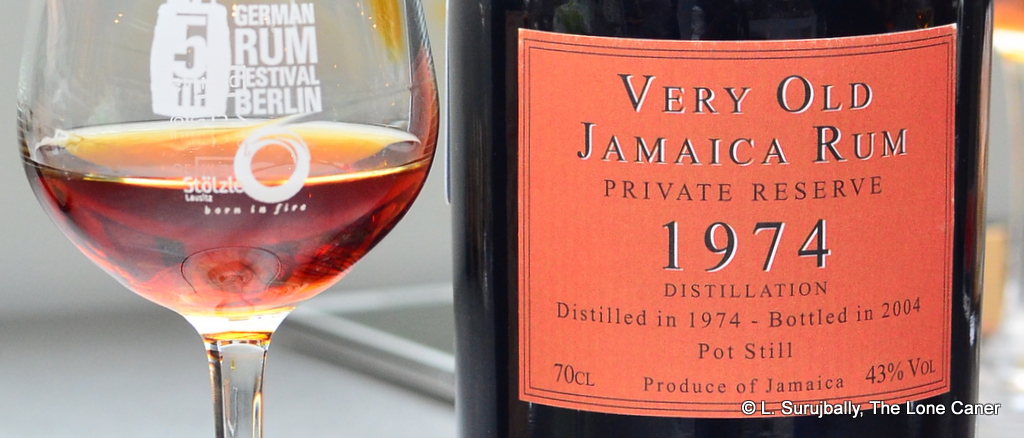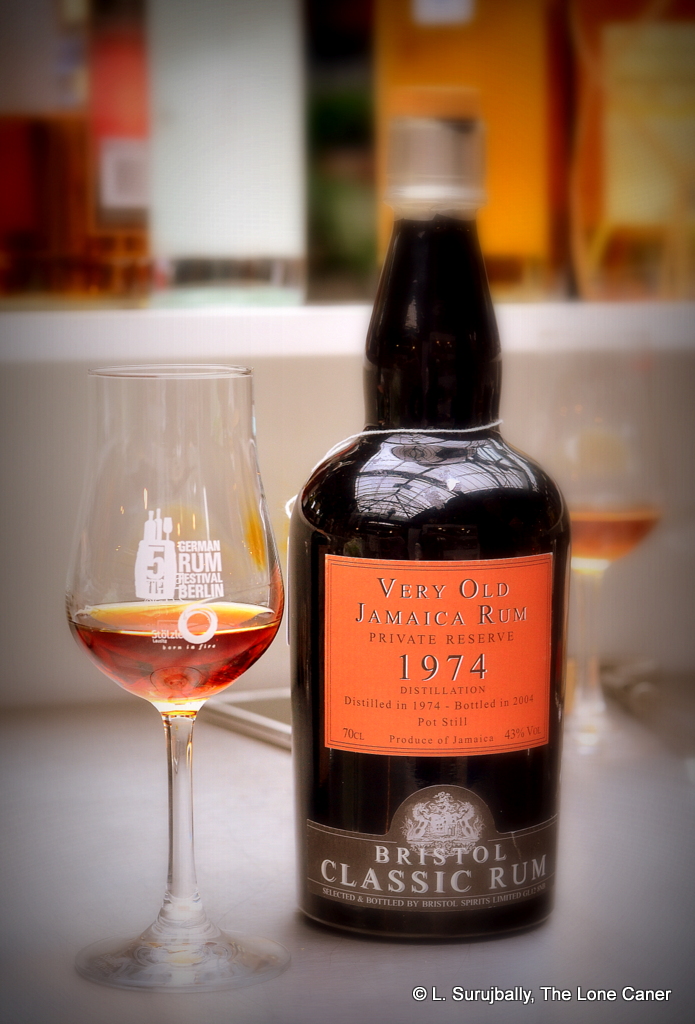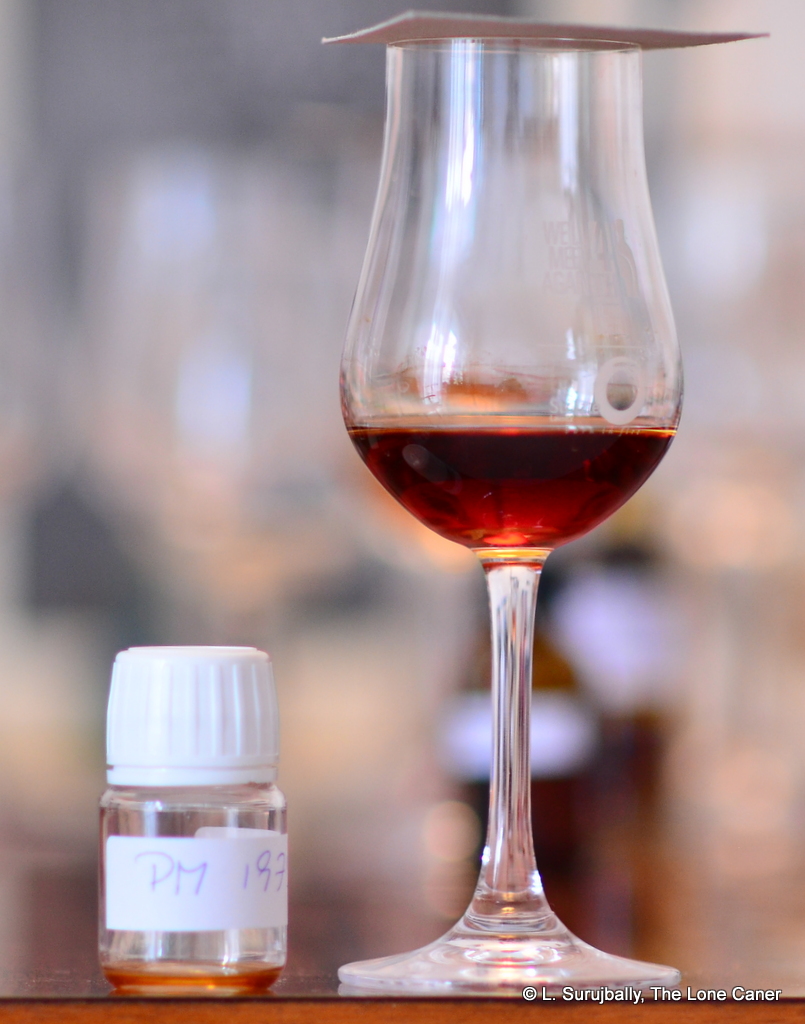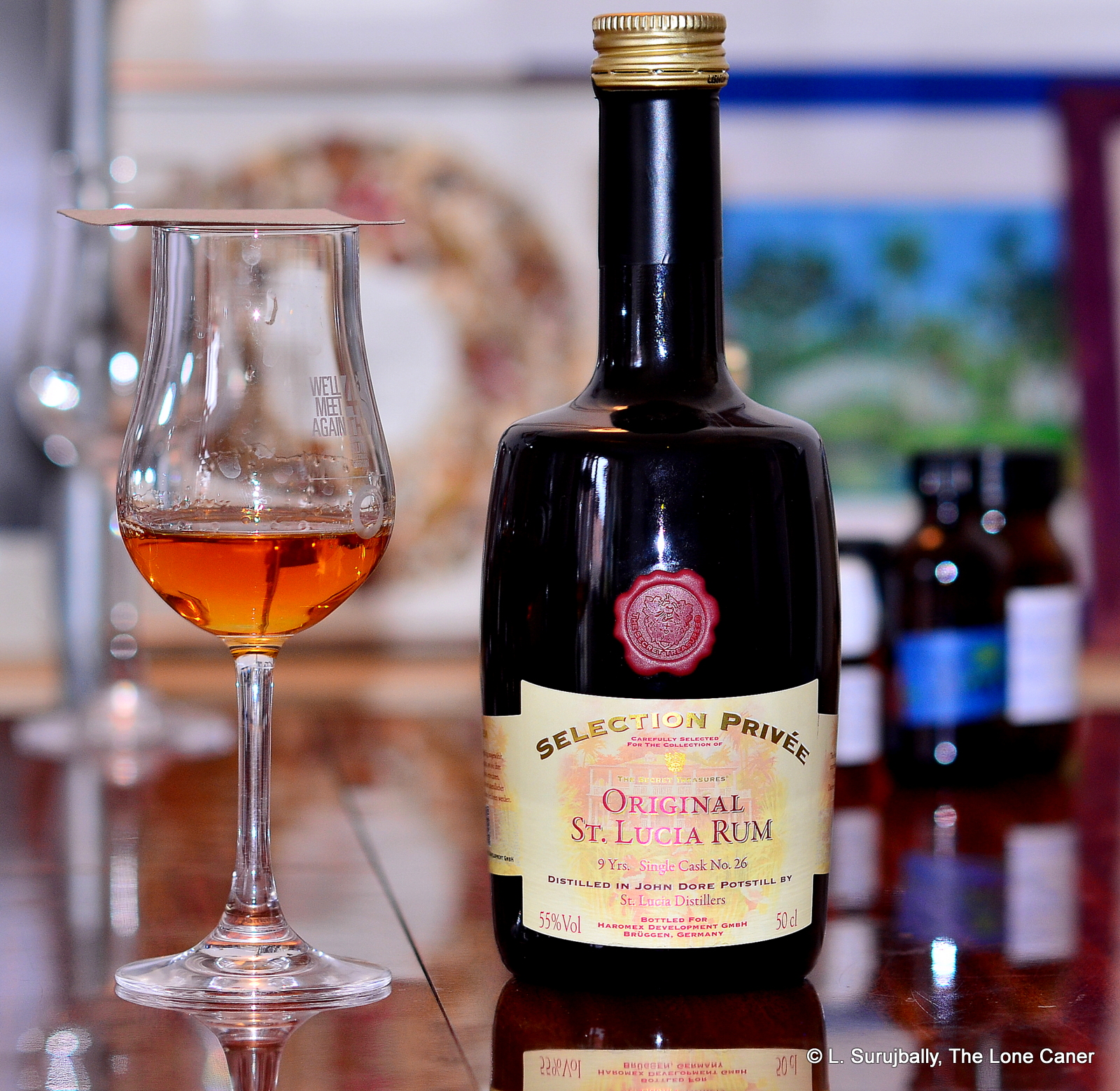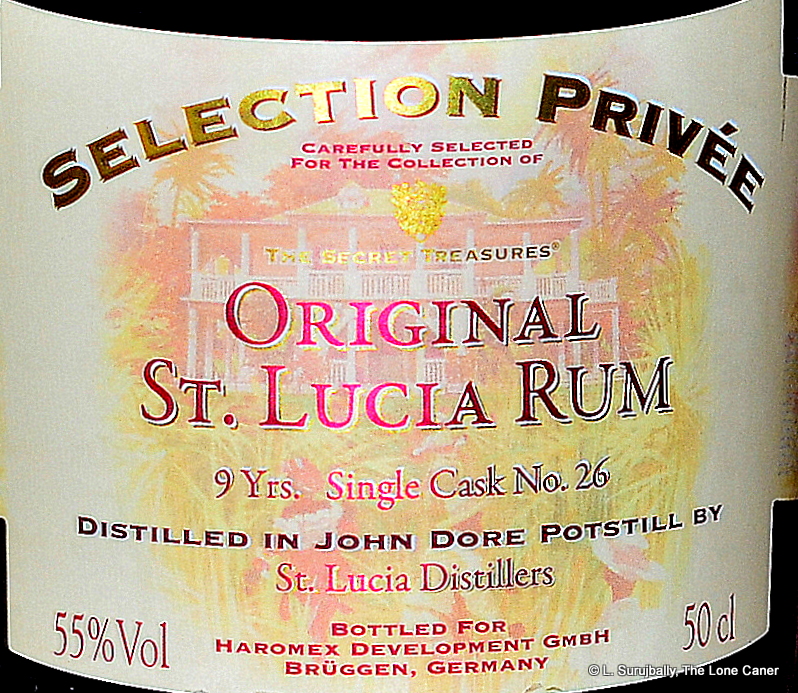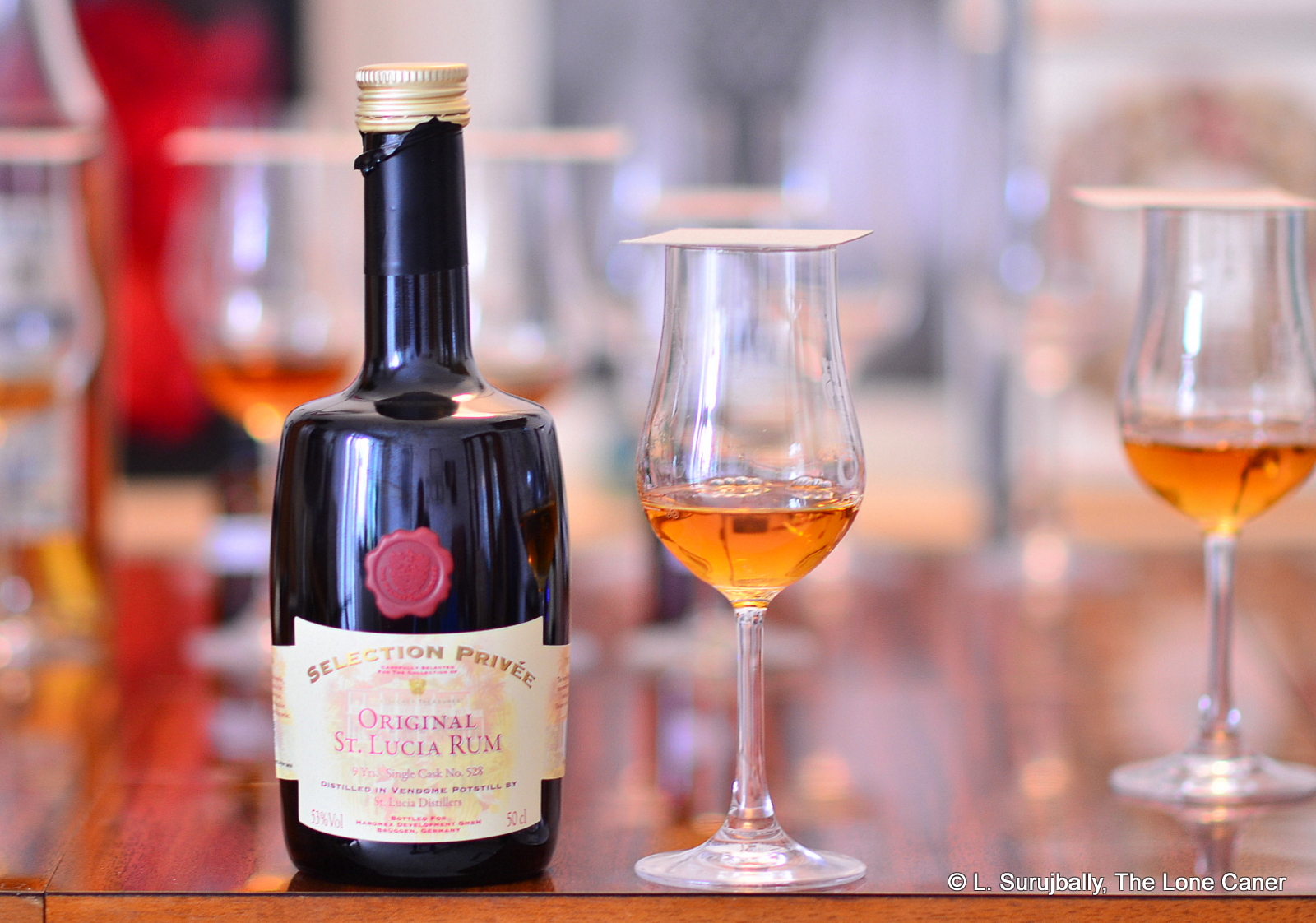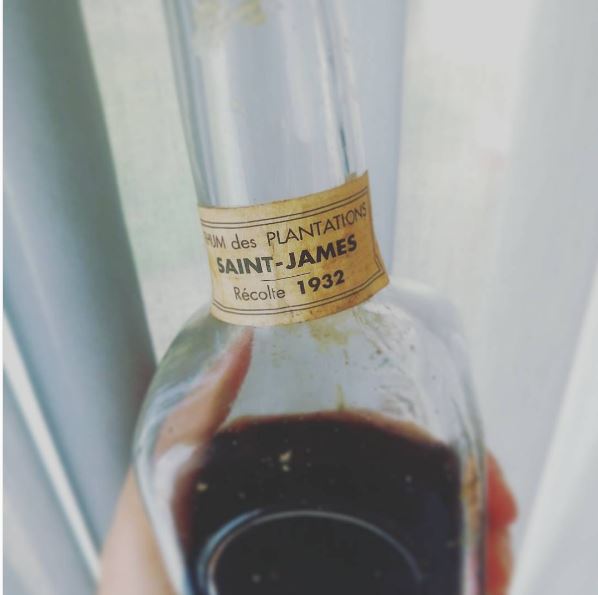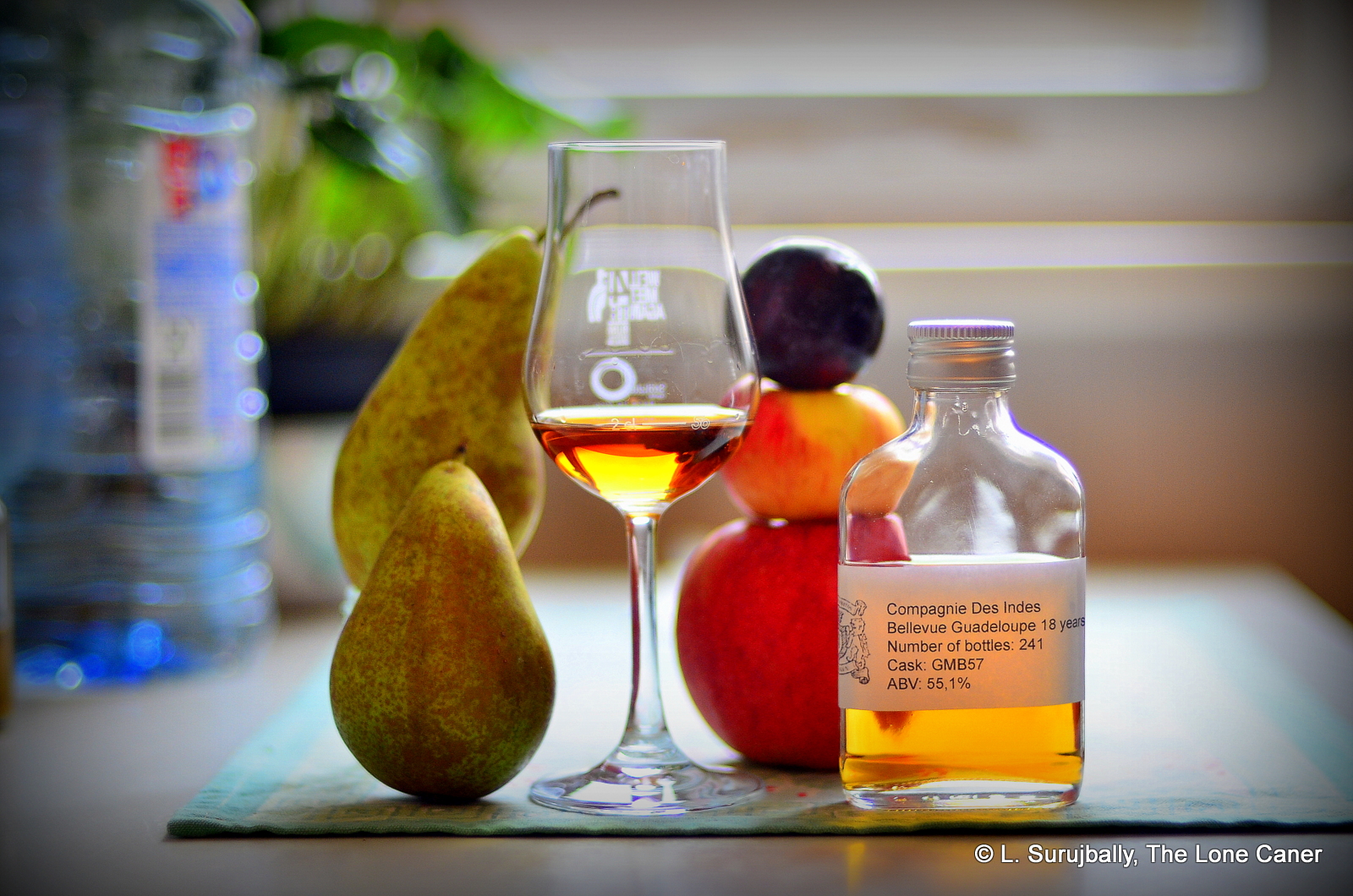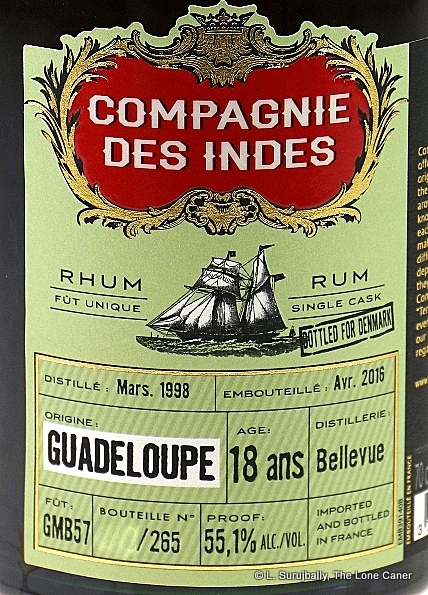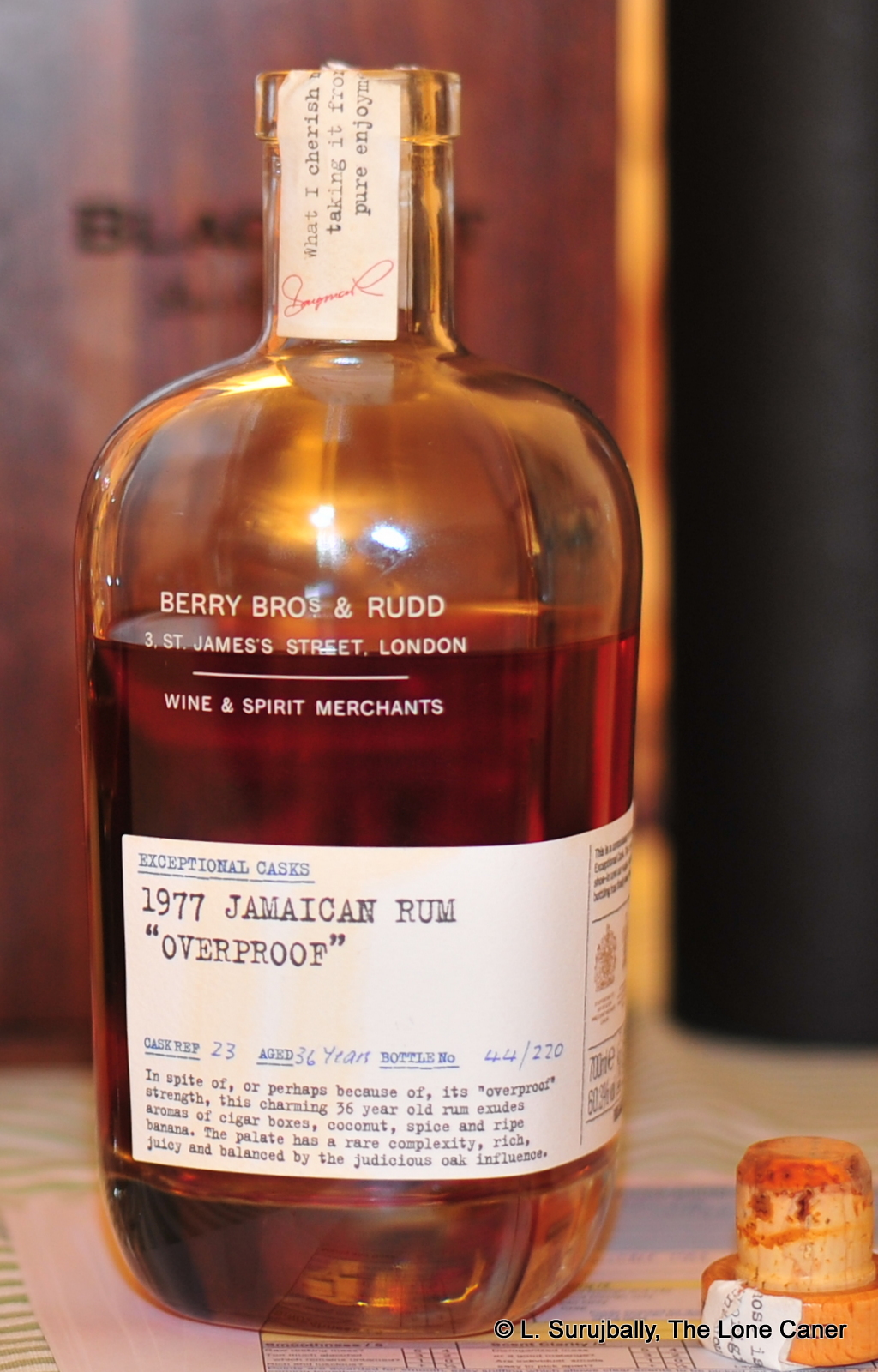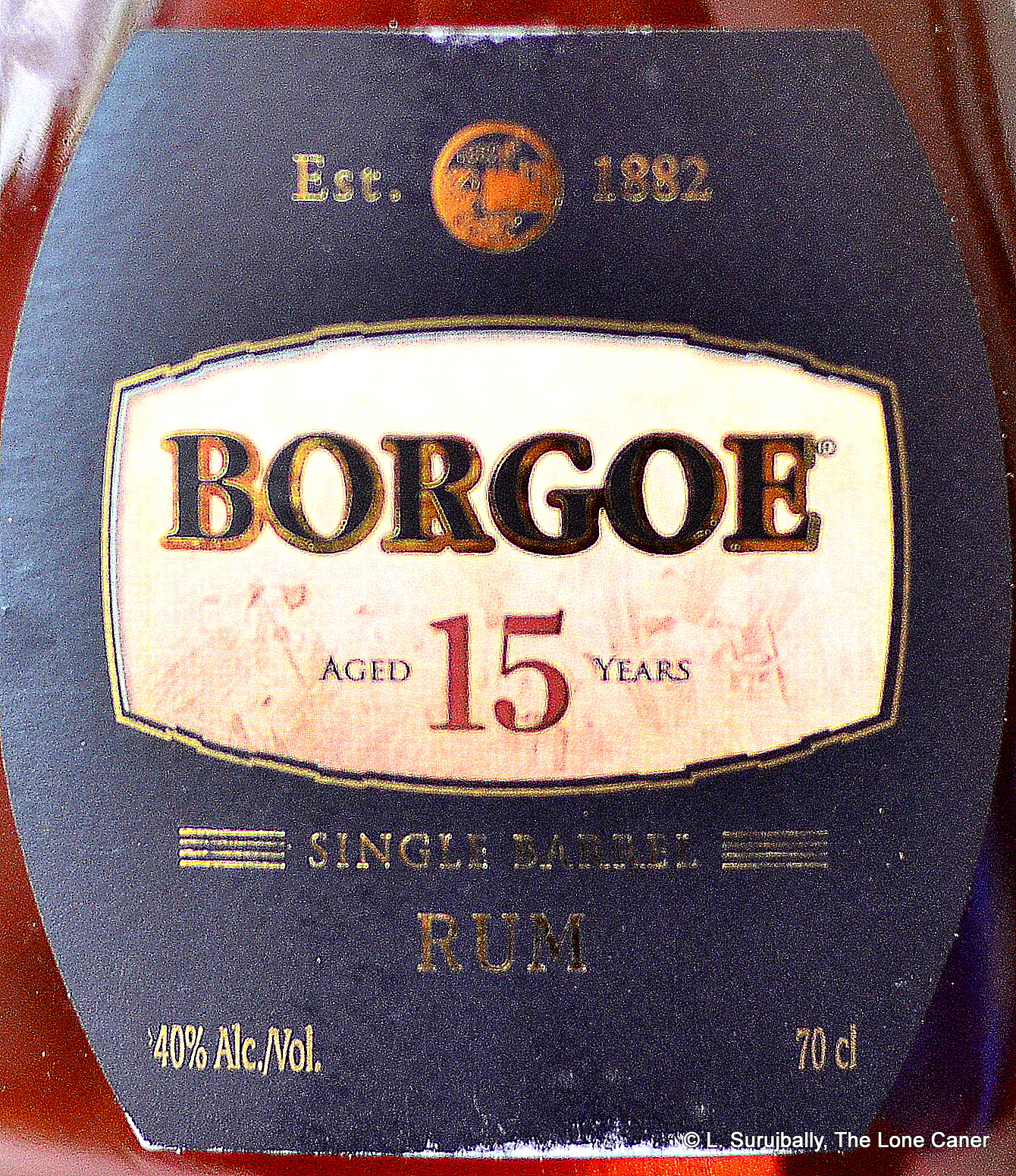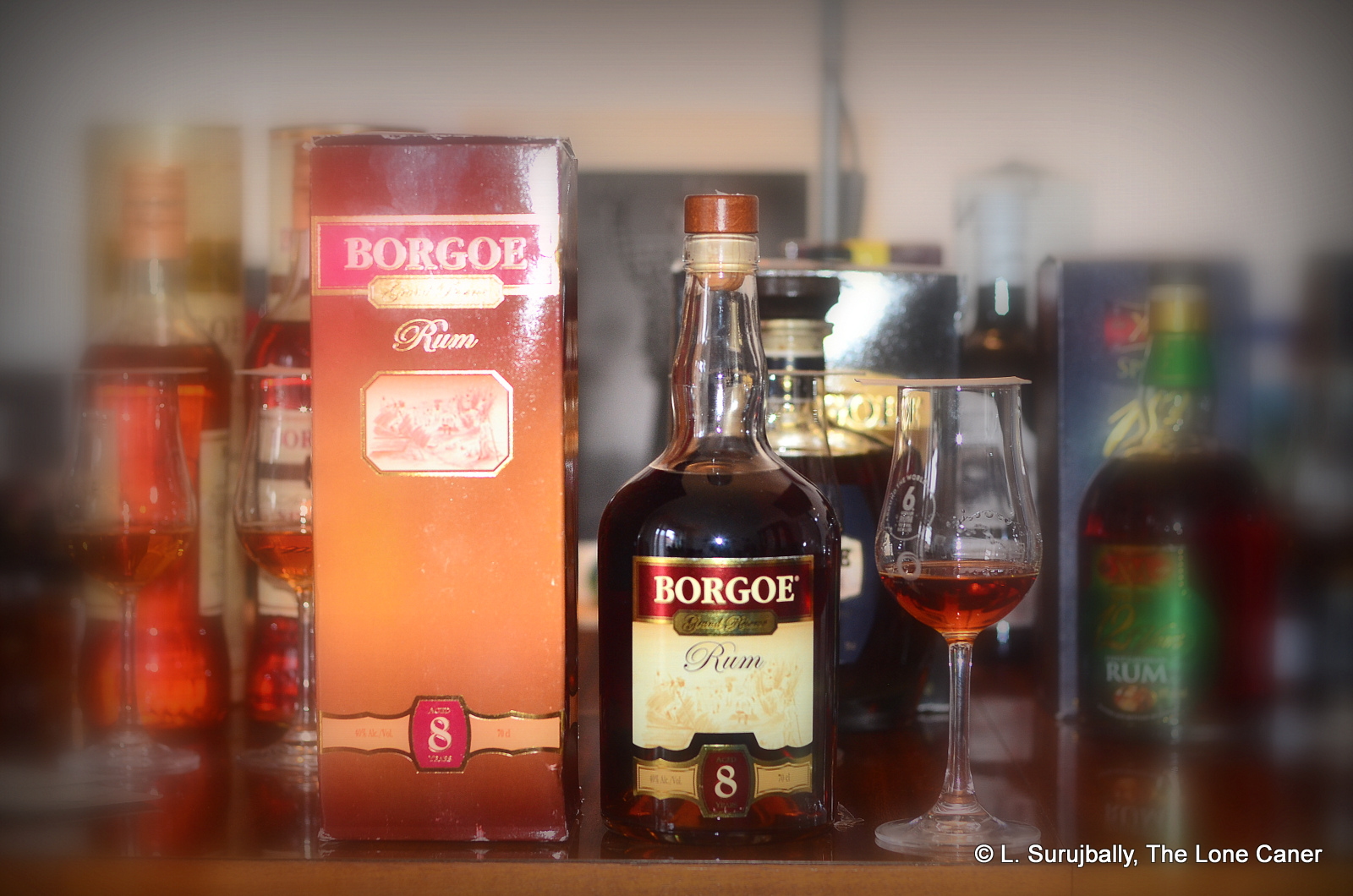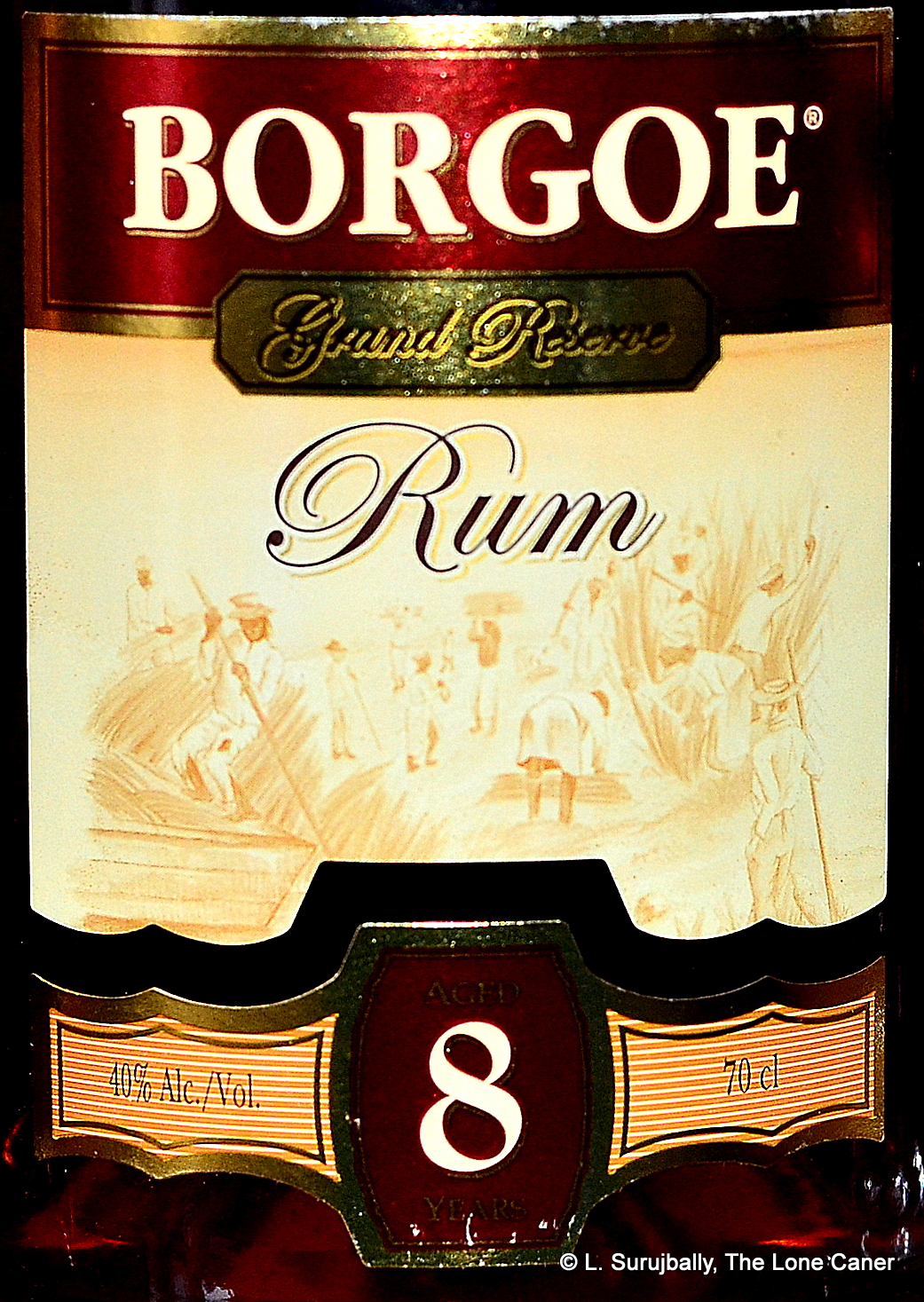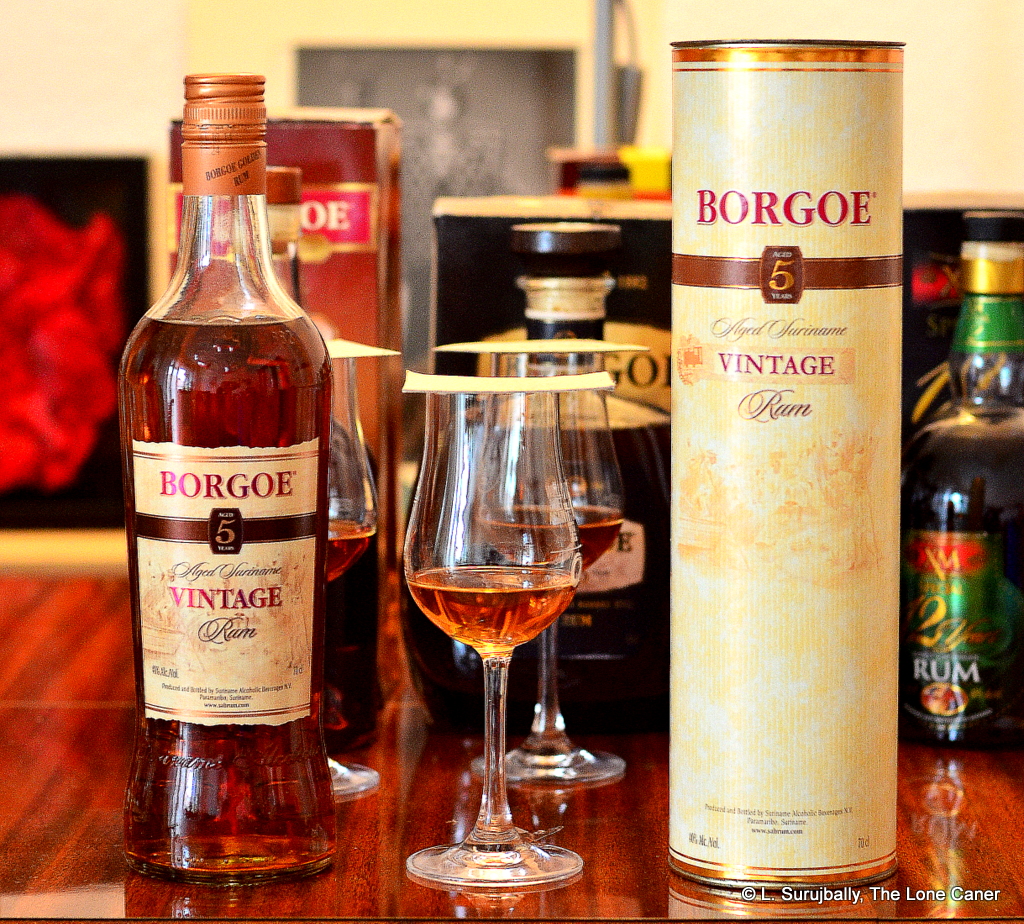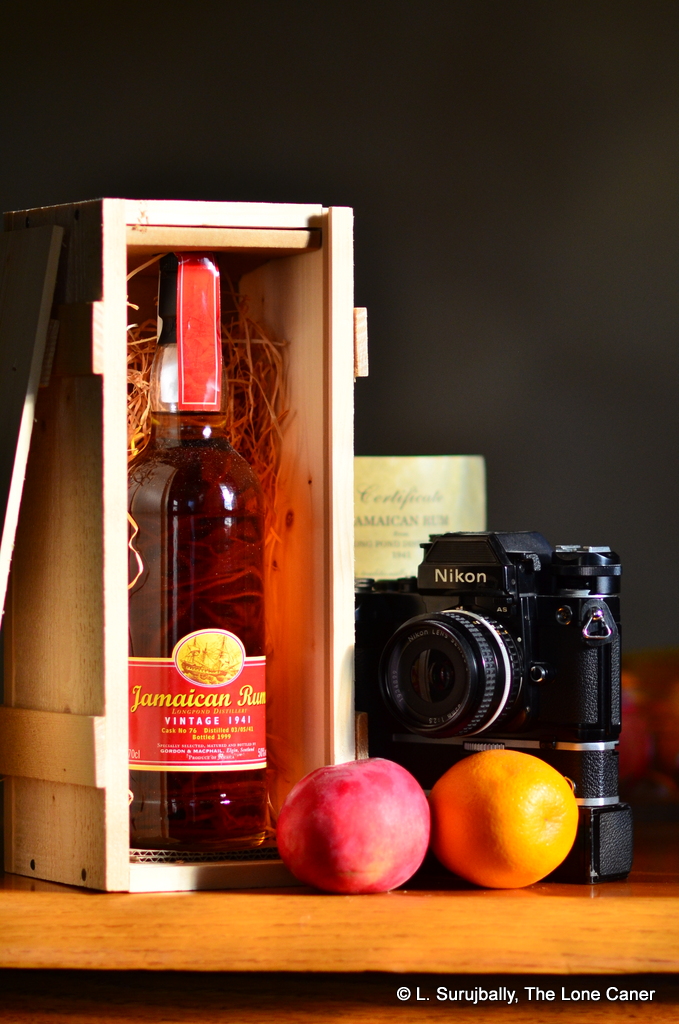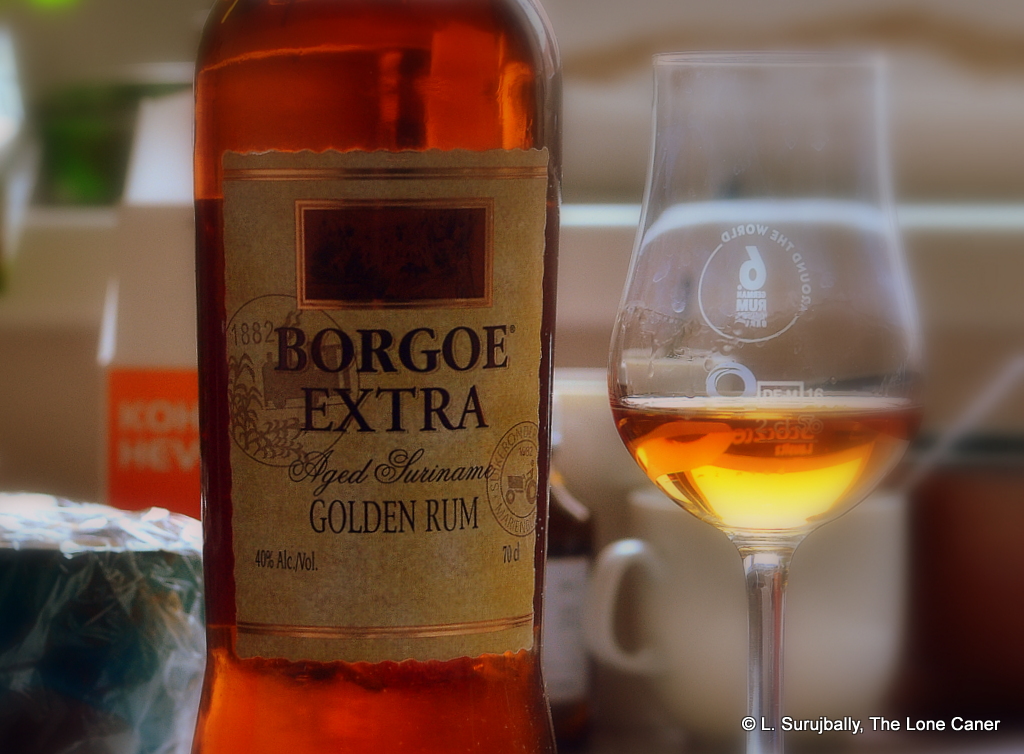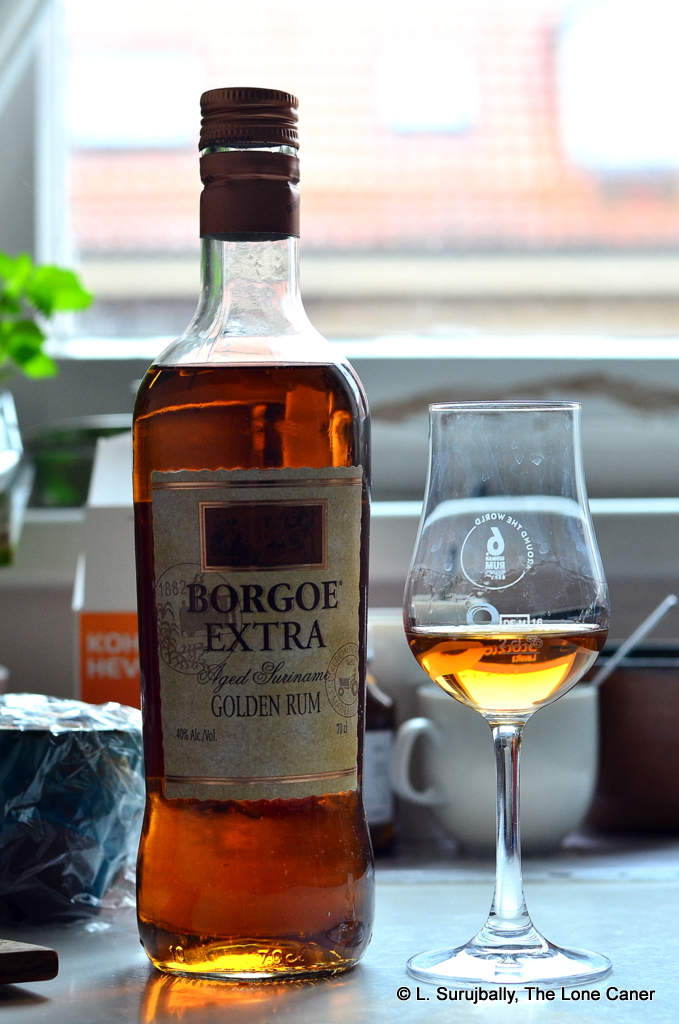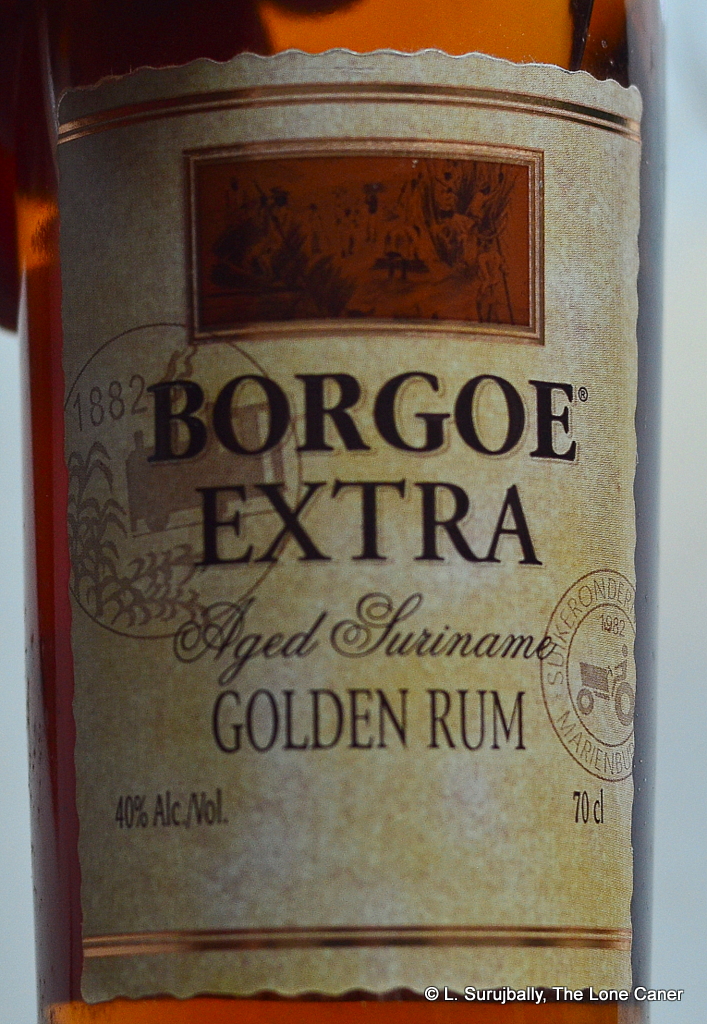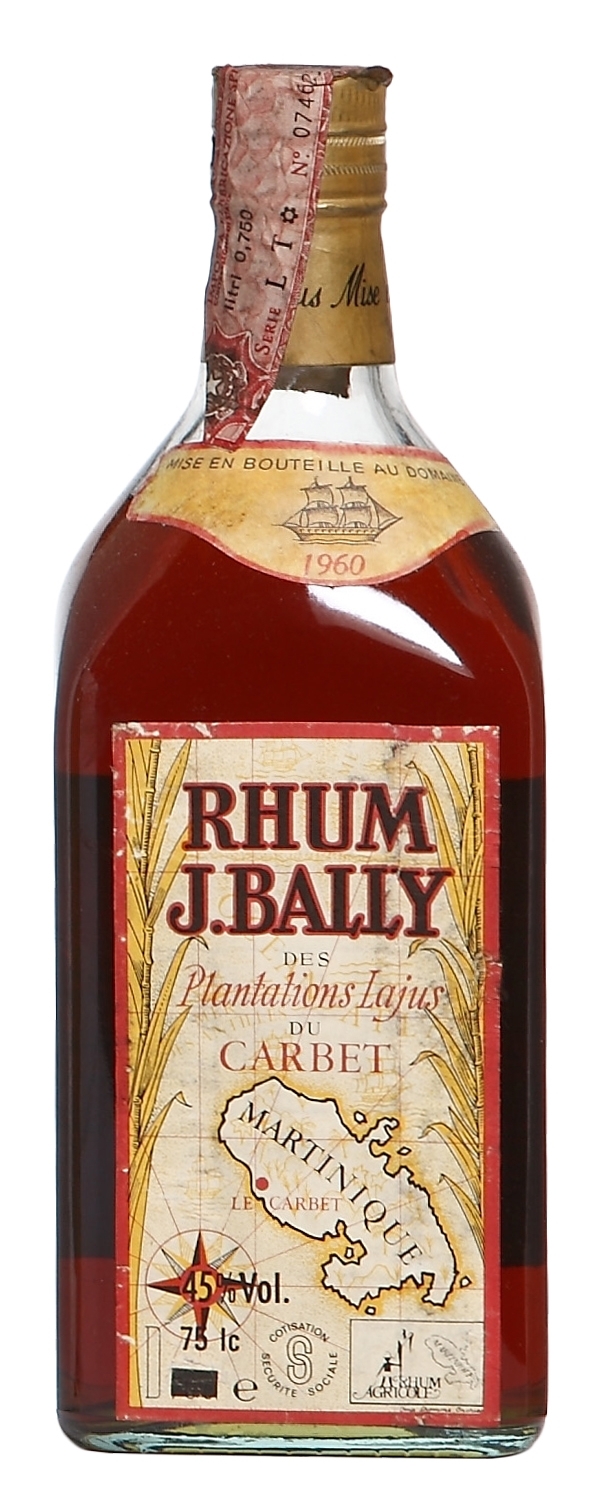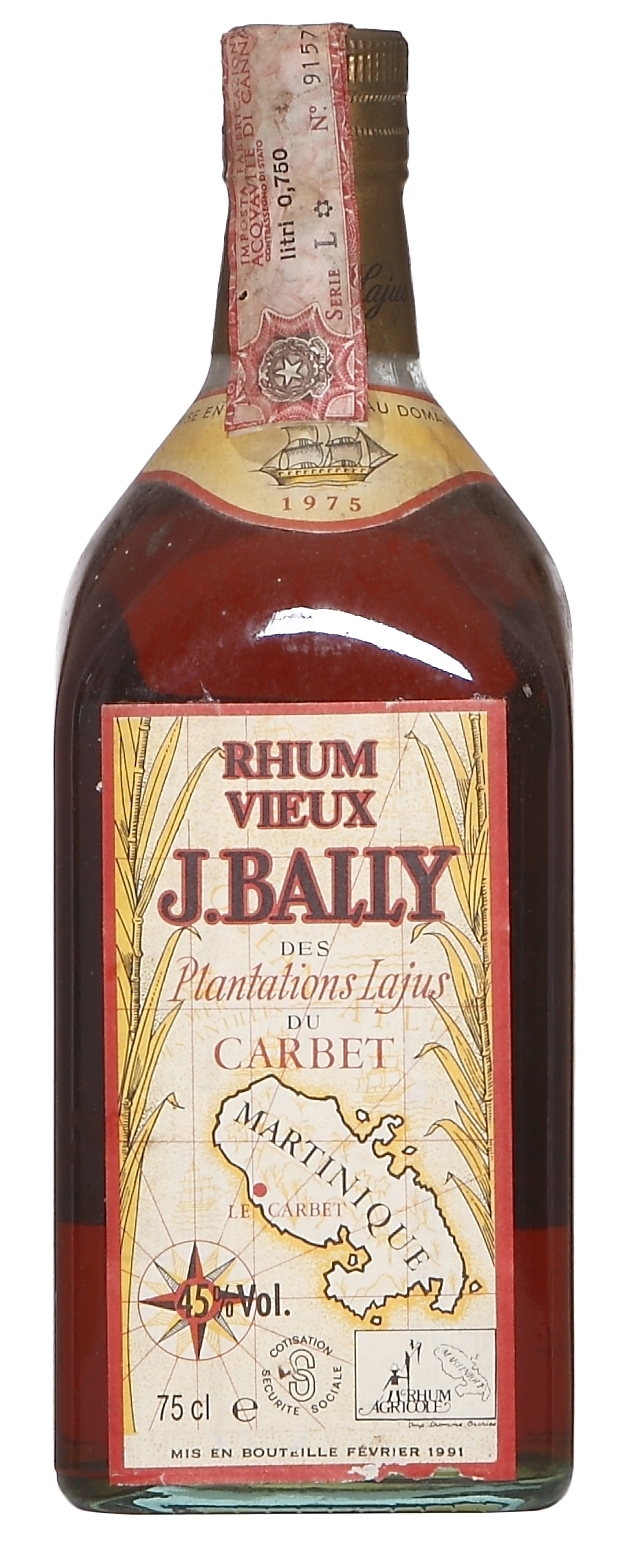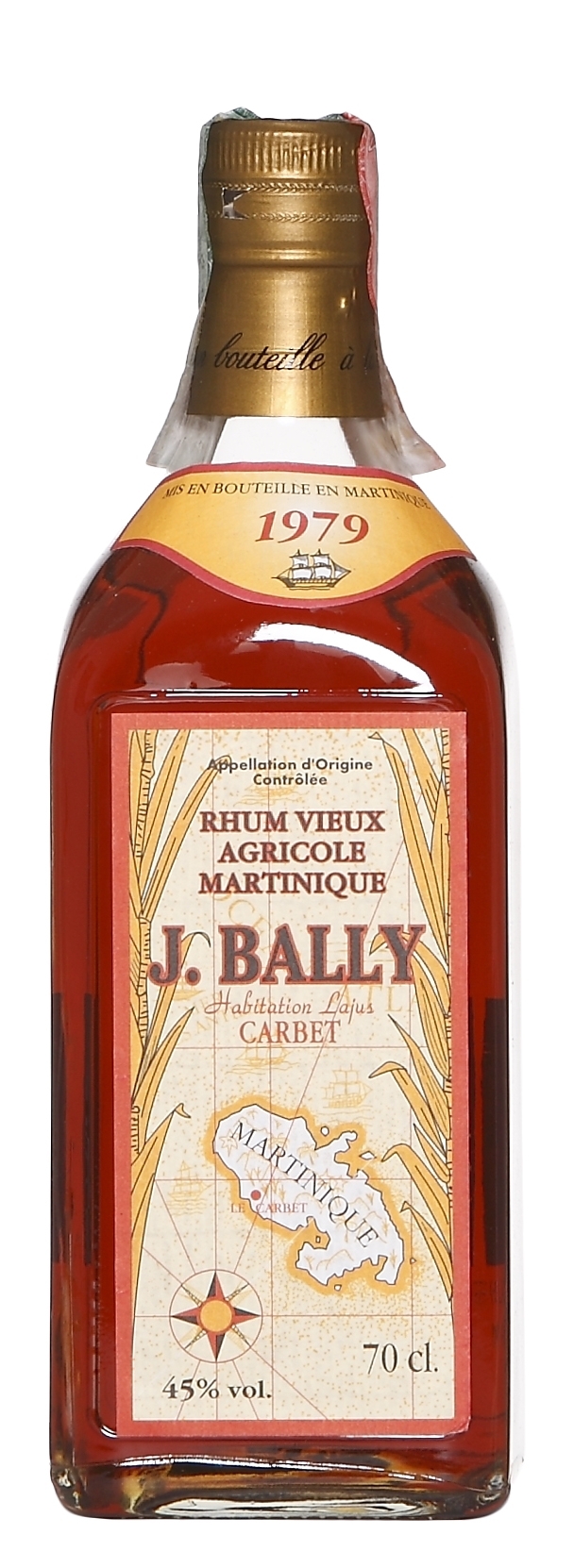#381
Novo Fogo is the first cachaça I’ve ever tried that went off the reservation and hammered me in the face even at a relatively staid 40%. It was so different from the regular run of sugar-water-plus-local-wood flavours to which I had become accustomed in my (as yet) brief acquaintanceship with the Brazilian national spirit, that I literally pulled my face back from the glass, muttered a disbelieving “wtf?” and spent another five minutes closely perusing the label to make sure I had not been taken for a ride. But no, it had been an unopened bottle, it had some tasting notes on the label not a million miles removed from what I was sensing, and it all seemed quite legit…except that it was about as subtle as a bitchslap from Ser Gregor Clegane on a bad hair day. And I mean that in a good way.
The producer of this interesting cachaça is a company called Agroecologia Marumbi SA, from Morretes PR (Parana) which is located in the south of Brazil, not Minas Gerais where supposedly the best and most traditional cachacas are made. Novo Fogo (“New Fire” in Portuguese) is derived from sugar cane grown without herbicides or pesticides, and the organic nature of the operations is a major point of pride and quality, according to the distillery founder Fulgencio Viruel who started the operation in 2004. The cane is manually harvested and taken to an onsite press that extracts the pure juice, with the leftover bagasse recycled as fuel and fertilizer. Fermentation takes around 24 hours using wild yeast and the 7%-9% wine is then passed through a copper pot still (another point of departure, since most of the well known cachacas are done on column stills), and then rested – not aged – for one year in a stainless steel vat before being bottled without any filtration or additions. So there. Aged variations exist, but I didn’t get a chance to try any. Given the impact this one had on me, I should really try some more.
 I say impact not so much because of great beauty of construction or masterful subtlety of assembly, but because the thing is startlingly good for a standard strength Brazilian table tipple, if perhaps somewhat at right angles to others I had tried before – it’s something like a concussive Delicana’s Jequitiba, or an amped-up Thoquino. Nothing demonstrated this more clearly than the initial nose (the very first note in my battered notebook was “Damn – this thing is serious!”) where I immediately sensed an intense vegetal aroma of rotting fruits, bananas, overripe red wiri-wiri peppers in vinegar (but without the heat). It was followed up by strong, distinct brine and olives, salt, wax, sugar cane sap and lemon zest, and frankly, what it reminded me more than anything else was a Clairin Sajous, if perhaps not as powerful.
I say impact not so much because of great beauty of construction or masterful subtlety of assembly, but because the thing is startlingly good for a standard strength Brazilian table tipple, if perhaps somewhat at right angles to others I had tried before – it’s something like a concussive Delicana’s Jequitiba, or an amped-up Thoquino. Nothing demonstrated this more clearly than the initial nose (the very first note in my battered notebook was “Damn – this thing is serious!”) where I immediately sensed an intense vegetal aroma of rotting fruits, bananas, overripe red wiri-wiri peppers in vinegar (but without the heat). It was followed up by strong, distinct brine and olives, salt, wax, sugar cane sap and lemon zest, and frankly, what it reminded me more than anything else was a Clairin Sajous, if perhaps not as powerful.
Thankfully it did not sample as sharp as the aroma suggested and that might make it somewhat more approachable than those who took flight from the Sajous and its cousins (assuming one’s tastes bend that way, mind you – and that’s not a given). It was quite heated, firm and crisp, rather rich and solid, with a more characteristic sugar water taste coming forward now, not entirely displacing the wax and salt and olives which persisted quite strongly (along with the peppers). More lemon zest was here, some black pepper, apples, vegetals and some fleshy fruit like overripe pineapples. The balance was a bit off – the brine and olives never really let go, which made the fruitiness recede somewhat and reduced my enjoyment, but overall it was a pretty good cachaça — if one keeps in mind my predilection for clairins, which this one closely resembled. Finally, it closed off, rapidly, leaving behind nothing much more than the memories of swank, fresh mown grass and that lemon-pepper salt which my wife complains I overuse in what little cooking I can be persuaded to do.
Now, I’ve read online notes that talk about the easy entry, how it is smooth and soft, and then wax rhapsodic about its various competing flavours (the last of which I believe), but I stand here telling you that it’s not really as easy as all that: this thing is a dirty, off-kilter little dragon that seems to be just waiting for an opportunity to jump down your throat and toast your chest to medium-rare – but it’ll do it with finesse, with some style. It’s quite a fire-breathing, smoke-exhaling cachaça, and is in my limited experience the most original and interesting spirit of that kind I have tried to date. Admittedly I have an obnoxious love for obscure and powerful tastes that borders on the masochistic, so I liked the fact that here there was a rum — charged-up, drinkable, original and in its own way, quite remarkable — made in that same vein. It’s worth trying it, I believe, just to see where the whole experience goes, to spend a lot of time figuring out…and, perhaps, just perhaps, to savour.
(83/100)
Other notes
This review is quite late to the party since Novo Fogo has been available in the States for years (the first review I found dates back to 2011). And, as ever one step ahead of me, Josh Miller at Inuakena had run it through his 14-sample Cachaça Challenge back in early 2015 and rated it….wait for it…as his #1.


